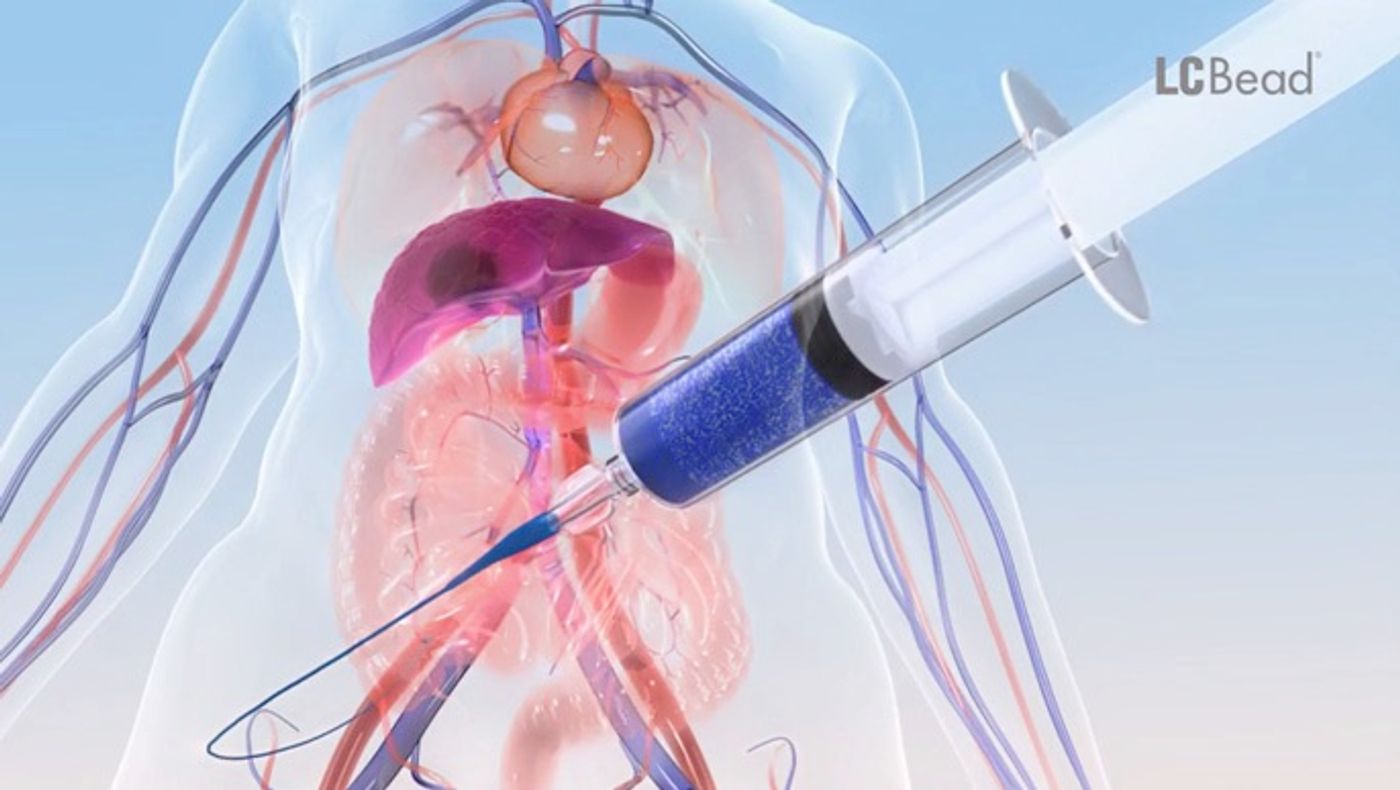Mount Sinai Hospital recently became the first US health care center to use a specialized technology called M1 LUMI beads to treat liver cancer. The bead technology consists of tiny luminescent beads filled with the chemotherapy drug, doxorubicin, which is injected through the wrist to shrink the tumor over time. Minimally invasive and highly innovative, this cancer treatment is hailed as a “game-changing tool” by Edward Kim, Director of Interventional Oncology and Associate Professor of Radiology and Surgery in the Division of Interventional Radiology at The Mount Sinai Hospital
Liver cancer is the tenth most common cancer and ranks as the fifth most common cause of cancer-related deaths in men. This type of cancer represents one of the most difficult-to-treat cancers, and consequently, the five-year survival rate is only about 17 percent. Given the grim statistics, new innovative treatment techniques could not come sooner for liver cancer patients.
At the forefront of many cancer therapies is the healthcare company BTG (British Technology Group). Of their inventions is a LUMI® bead technology, which are beads suspended in liquid that can be injected into blood vessels to block the flow of blood to a tumor. Essentially, the bead injection chokes the tumor of nutrients and blood flow, thereby causing it to shrink and die.
This cutting-edge technology was highly effective, but lacked a visual component. The company addressed this limitation with an updated version of the LUMI beads, which are now radiopaque, meaning they are visible in live scans. As such, doctors can track in real time the path of the beads as they travel in the blood vessels, allowing unprecedented precision during the operation. Another advantage of the radiopaque beads is the ability for doctors to monitor the intervention in follow-up visits, another way to keep the cancer progress in check. This particular version of the beads, trade name M1 LUMI Bead, was approved by the Food and Drug Administration in December of 2015.
"In the past, we had no way to verify where the beads were placed in the blood vessels or whether they remained in the intended location over time. Now we can see the location, and adjust if a portion of the tumor has been missed while the patient is on the table without repeating the procedure. This is what we call precision targeting of tumors," said Kim.
At Mount Sinai, the first patient underwent an embolization procedure to treat his liver cancer brought on by cirrhosis. Amazingly, the treatment is minimally invasive, requiring injections through the patient’s wrist. From there, doctors tracked its path to the liver and confirmed the blockage of vessels feeding the tumor. Over time, without nourishments, doctors expect the patient’s liver tumor to shrink.
"This new tool exemplifies precision medicine and is a new standard of care in cancer treatment. This is a very exciting time in cancer research and treatment," Kim added.
Additional Source:
Mount Sinai press release via EurekAlert!









